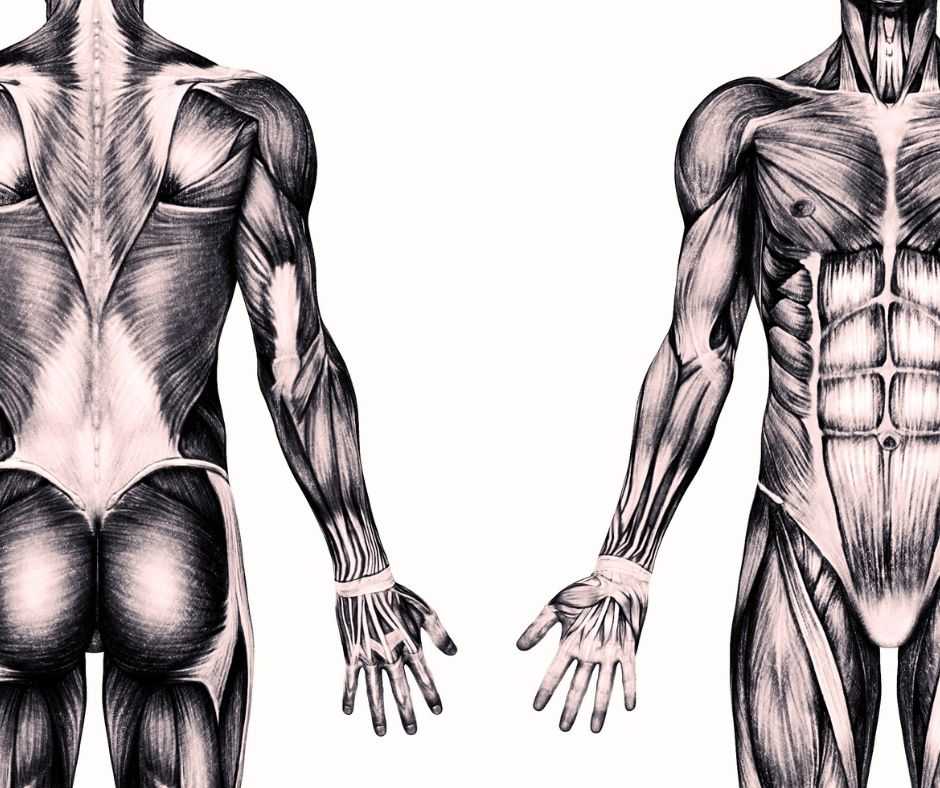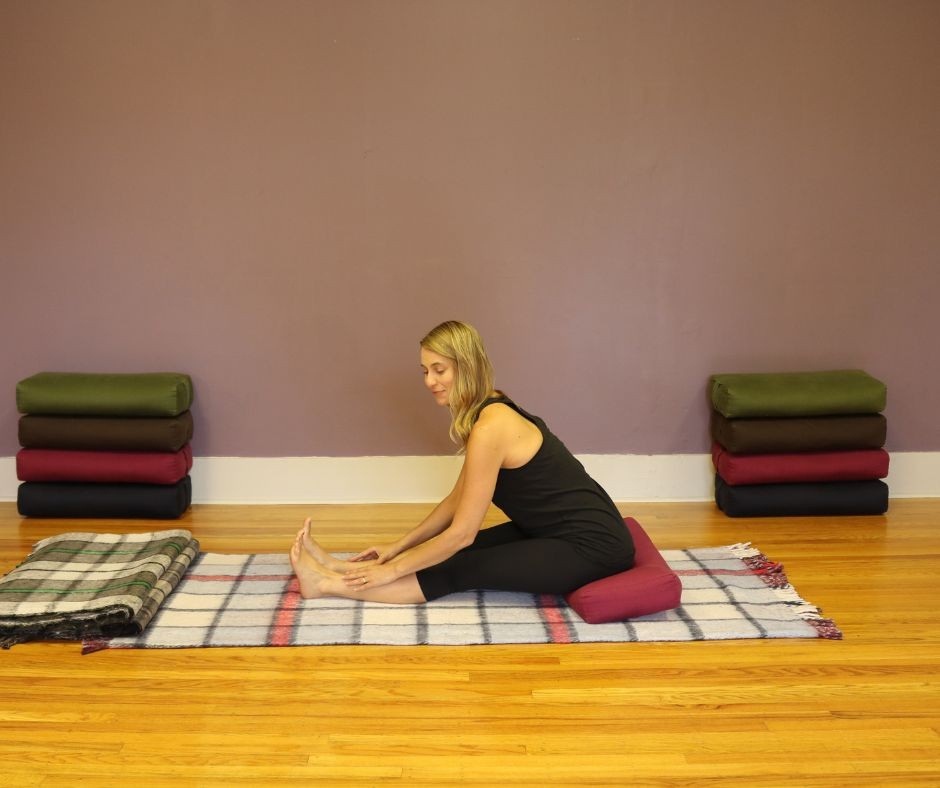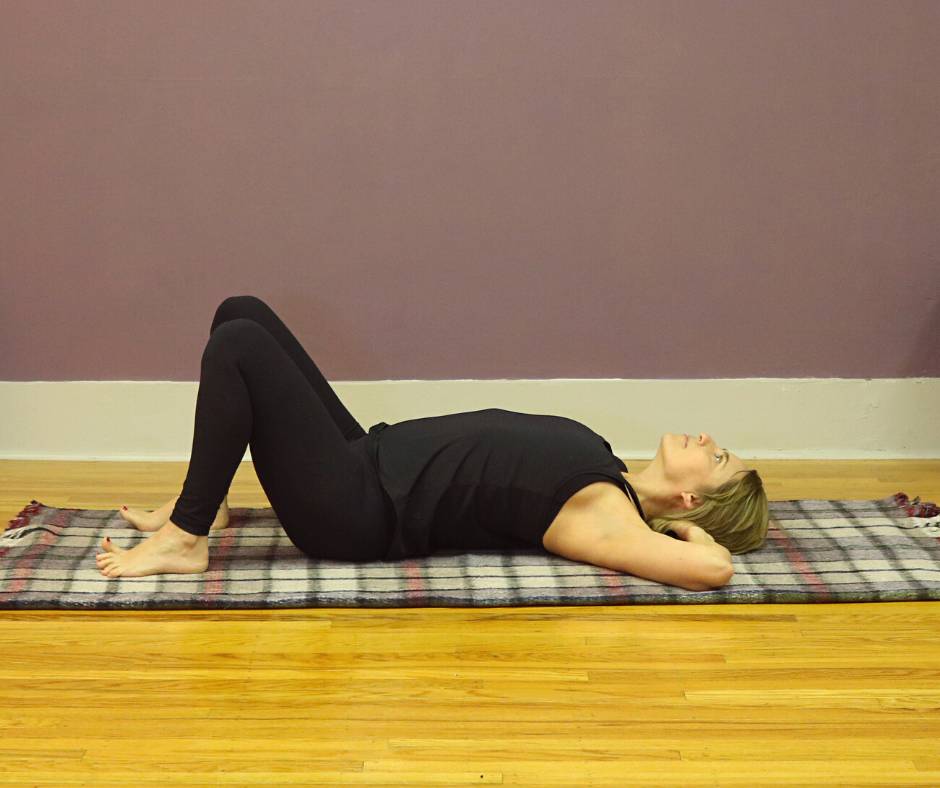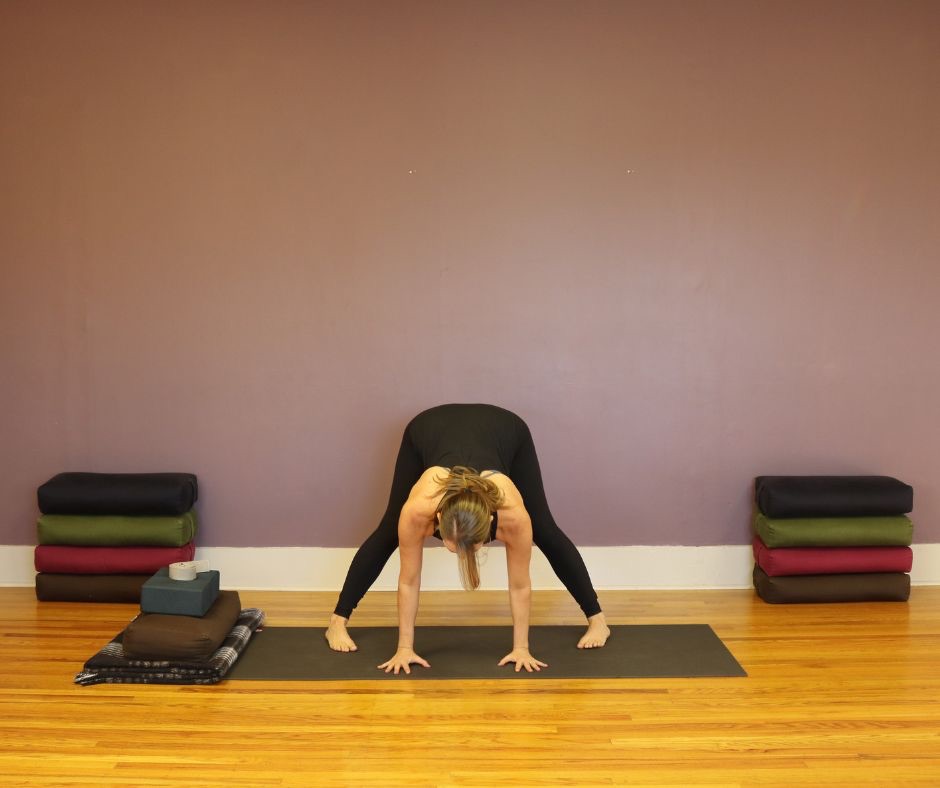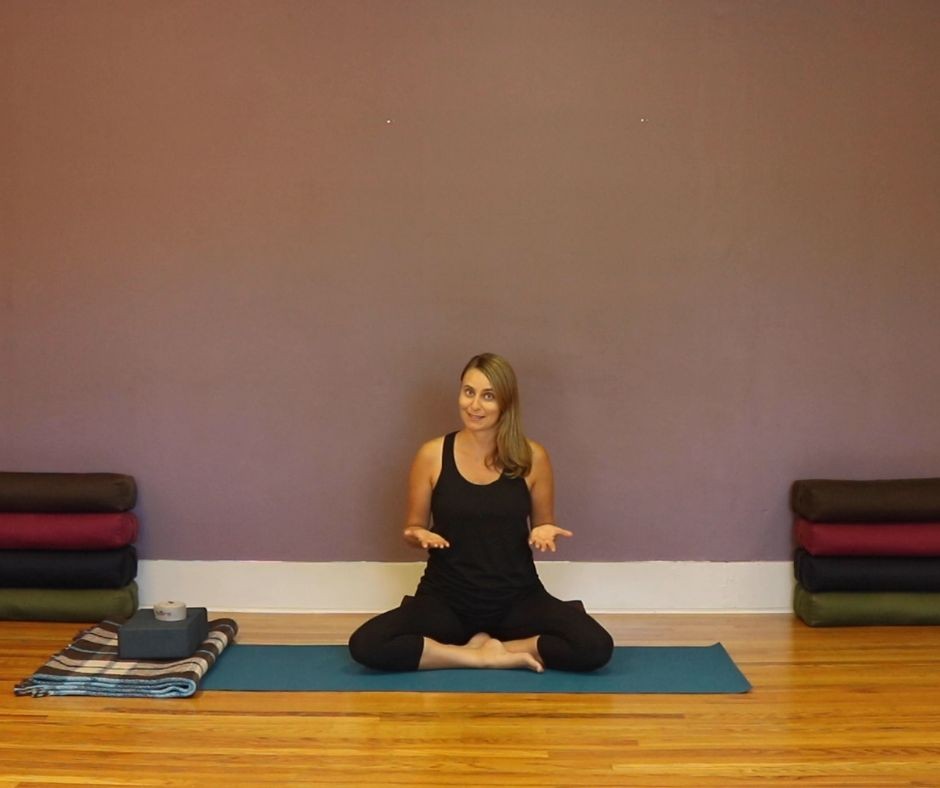Myofascial Sheaths
Over the last couple of posts I’ve been exploring the “myo-fascial” lines, planes, or sheaths of the body in a series of posts. Be sure to check out my previous posts on the lateral plane, the dorsal plane, and the ventral plane to learn more.
These planes are a wonderful way to understand how movement, including asana (yoga postures), affect the physical structure of the body. In addition, the planes provide a helpful map in understanding how to use body mechanics and movement, therapeutically, to address specific imbalances.
The Core Sheath
The core of the body is similar to what Thomas Myers refers to as the “deep front line”. We can think of the deep front line as the core because it’s so important for support and stability. It’s also responsible for adduction of the hip (internal rotation of thigh bone versus rolling outward), and is closely connected to breathing through its relationship with the respiratory diaphragm. In particular, the core is interesting because it covers a much larger internal area than the other “lines” I’ve been exploring.
In the legs, the core sheath, which partially runs along the inner leg, has a direct relationship with the lateral line (outside of the leg). The inner and outer leg balance one another. When addressing the legs, it may be important to assess whether one side of the leg is tight and shortened and how this affects the other side.
The core sheath starts at the inner edge of the foot and the inner (medial) arch, moves up the inner leg (adductors), attaches to the pelvic floor, moves deep inside the body through the psoas muscle (which attaches to the lower vertebrae), and travels to the respiratory diaphragm.
Kidney Meridian // Vitality // Adrenal Fatigue // Low Back Pain
The Kidney meridian runs along the inner legs and into the pelvis in much the same way as the core sheath does. According to Traditional Chinese Medicine, the Kidney meridian is connected to a persons deep energy, stamina, and vitality. The Kidney meridian of the inner leg supplies Qi to the pelvis, the kidneys, adrenal glands, and the lower back, just as the femoral arteries and veins pump fluid and blood along the same pathway.
Oftentimes the core of the body is lacking strength along the inner leg and/or psoas, or one side of the core sheath is out of balance. Sometimes this is due to the outer leg being overly tight, while at other times, it is due to misalignment in the feet or a curvature in the low spine. When the core remains weak, other structures absorb the impact of movement and weight bearing. In particular, instability in the lower back can cause injury if the bodies core is not strong.
Laxity of the inner leg and core sheath can reflect a deep physical or psychic weakness. In Chinese Medicine, Kidney energy is depleted with stress, overwork, and ageing. When it is deficient there is fatigue, low libido, issues with the bones, and/or low back pain among other signs. From a western perspective many of the signs that accompany low Kidney Qi would be considered “adrenal fatigue” signs. When the adrenals (small glands that sit atop the kidneys) are overtaxed through stress and overwork they come to a point of near collapse leading to exhaustion, low immunity, and a feeling a weakness.
Movement to Strengthen the Core
Poses that focus on creating tonicity in the inner leg help to strengthen the core starting at the feet and legs. Use poses that activate the inner arch of the foot, irrigate the inner leg with blood and Qi, and create space across the low abdomen and low back. If you’re looking to address core imbalances in the torso use a variety of stronger poses such upper dandasana (plank) and inversions.
- Supta Padangustasana (reclined big toe) with foot on wall – Lay on your back and straighten one leg to the wall. Press the foot of the straight leg into the wall. Draw the opposite leg in, loop a strap over that foot and extend the leg to the sky. Press out through both inner heels and keep your legs active. Ground the hip and thigh bone of the floor side leg and bring the lifted leg out to the side. Notice a spreading and widening feeling across the surface of the abdomen and a toning in the inner leg.
- Tadasana/Samasthiti (mountain or equal standing) with a block between the inner knees – Stand with feet parallel with a block between your knees. Press all four corners of your feet to the floor. Lift the medial (inner) arches of your feet up towards the inner knees and inner seam of your leg. Continue to squeeze the block between your knees and align the rest of your body by standing tall.
- Virabhadrasana II (warrior 2) – Step your feet wide and place your back foot parallel to the back edge of your mat. Bend you front knee with your toes pointed forward. Press the inner heel of the front foot down without allowing your front knee to fall inward. Continue to press the outer edge of your back foot to the floor and lift your inner back groins up. Open the front of the chest and reach your arms out.
- Trikonasana (triangle) – From warrior II above straighten your legs and stay facing the side of the mat. Press the outer heel of your back leg into the wall as you ground the big toe mound, little toe mound, and the center heel of the front foot. Lift the medial arch of the front foot as you engage the quad of your front leg. Tip your hips back to the wall as you lower your front hand to a block under your shoulder. Continue to activate the feet and legs and move your upper groins away from one another. Draw in the outer buttock of the front leg and lengthen your front spine.
- Ardha Candrasana (half moon pose) with upper foot on wall – Step one foot forward and extend the opposite leg behind you. Place your upper foot on the wall parallel to the floor. Use a block directly under your bottom hand and shoulder. Keep your standing foot parallel. Engage your legs and lift the medial arch of the standing leg. Roll your hip and belly open to the side of the mat.
I hope that helps to create more strength in your inner leg and core! Thank you so much for reading.
Follow along on an exploration of the planes of the body by signing up for my mailing list. And make sure to leave comments or questions below.

